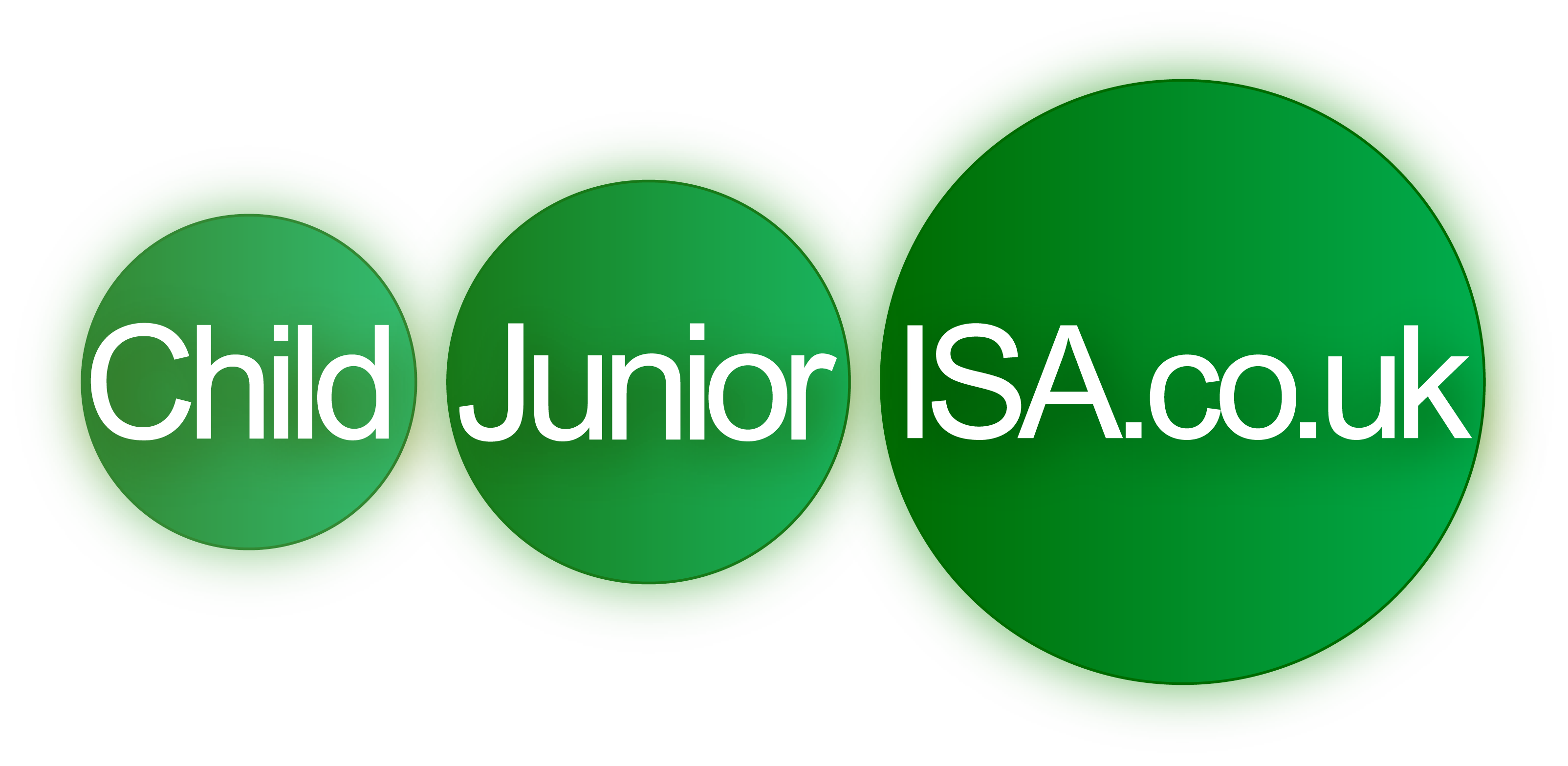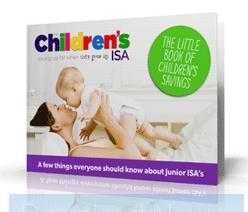As the Government tries to improve the country’s economic outlook it hands its citizens more autonomy to look after their own affairs. The future of our work, health and finances are ever-increasingly in our hands. This is never more evident than with the way we save for our children’s financial future.
In January 2011, the Government stopped the Child Trust Fund (CTF) scheme and replaced it with the new Junior ISA.
The Replacement of the Child Trust Fund
Children born between 1st September 2002 and 2nd January 2011 are only eligible for a CTF and if they already have one, it will continue as planned. For children born after then they are only eligible for a Junior ISA.
On a basic level the two are not that different. The Government will not contribute to the Junior ISA as they did with a CTF, so all contributions will have to come from family and friends. Yet they both:
- Have cash savings or shares investment types
- Have a limit of £3,600 that can be put in per year
- Offer tax-free returns on interest and capital gains
- The money can only be accessed by the child when they turn 18
With a CTF a registered contact (the person that opens the account for the child) must choose whether to put money into a savings account which just accumulates a low-rate of interest, or a high or low risk shares account which could make a lot more money but could actually lose money. The Junior ISA is similar but only offers one form of investment account called a stocks and shares ISA. However, the biggest advantage of the Junior ISA is its flexibility.
The Flexibility of the Junior ISA
This is because with a Junior ISA, a child can have a cash savings ISA AND a stocks and shares ISA. Instead of having to choose between the high risk/reward of an investment account or the guaranteed interest of a savings account a holder can have it both ways. This is not possible with a CTF.
It is possible to change the type of account with a CTF but whatever you choose all your eggs will always be in one basket.
The Junior ISA offers more flexibility. Money can be spread across the two accounts allowing the registered contact spread the risk. For example, a parent could open both a stocks and shares ISA and savings ISA then put money into both accounts knowing that even though one may win or lose big, the savings account will guarantee a return. The element of risk is cut. The risk of losing money in a stocks and shares account and the risk of missing out on a big return by not putting money into a stocks and shares account. The limit of £3,600 that can be paid into still applies but you can split the money between both accounts. (i.e. £2,000 in savings and £1,600 in stocks and shares but no more than £3,600 in total.)
| Account name | Initial fee | Management fee | Minimum deposit | Product Review |
|---|---|---|---|---|
| Family Investments Junior ISA | 0.0% | 1.5% | £10 per month or £500 lump | Read Review |
- Low minimum investment
- Family Investments received Money Facts Winner in 2011 Awards
A CTF puts registered contacts under pressure to try to choose the best option for their child. In regards to our children’s futures many of us are cautious so would not want to risk losing money on an account so would plump for a savings account. A Junior ISA does not force that decision.
Making the most of the long-term investment
Moving money between a savings ISA and a stocks and shares ISA is very easy, meaning you can invest as much money as you like to try and get the best return. On the hand you are also free to move money from the stocks and shares account into the savings account if you are happy with a return and want to risk less in the future. As with a CTF, it is also possible to switch between different providers in search of the best rates.
In a time when the Government gives the public more control on their own futures, with a Junior ISA it is only a positive thing. A Junior ISA offers a long-term investment with the freedom to try and make the most for our children’s financial future, without risking everything.
Written by Michael Hallam



